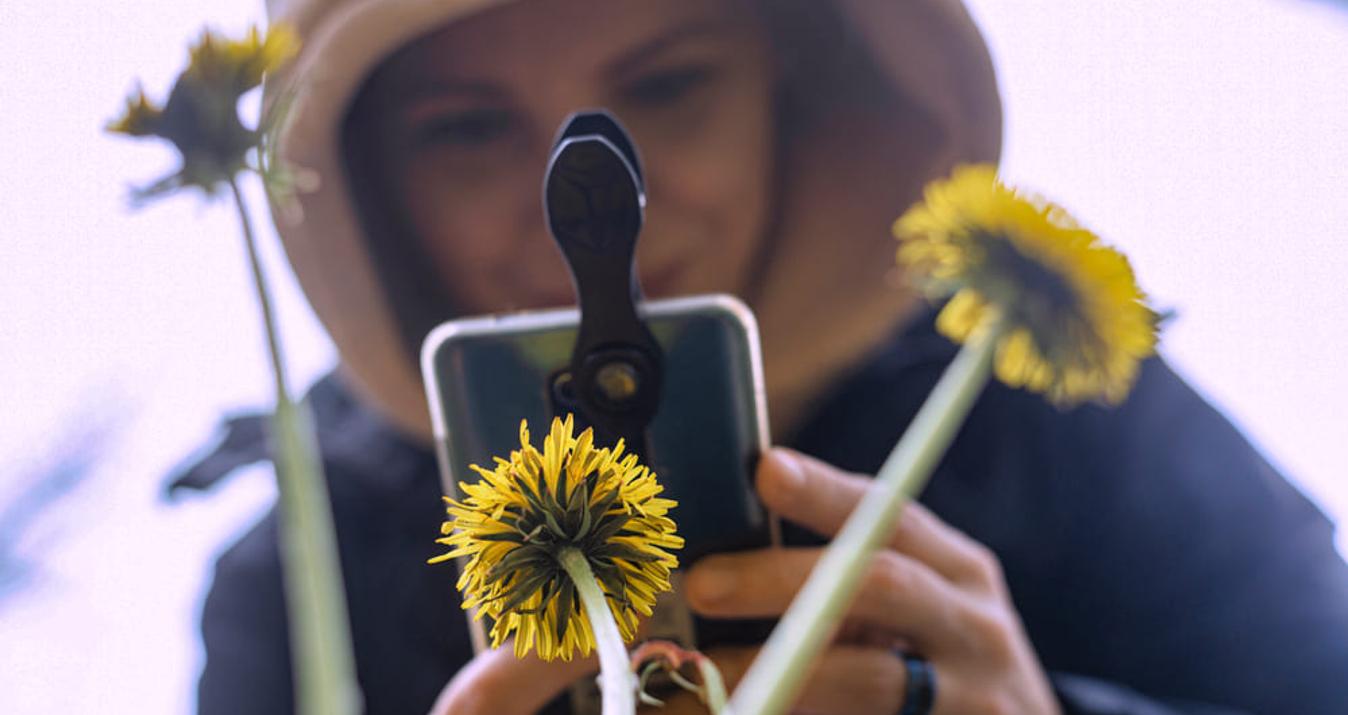Tips for Mastering the Fisheye Lens
May 26, 2017
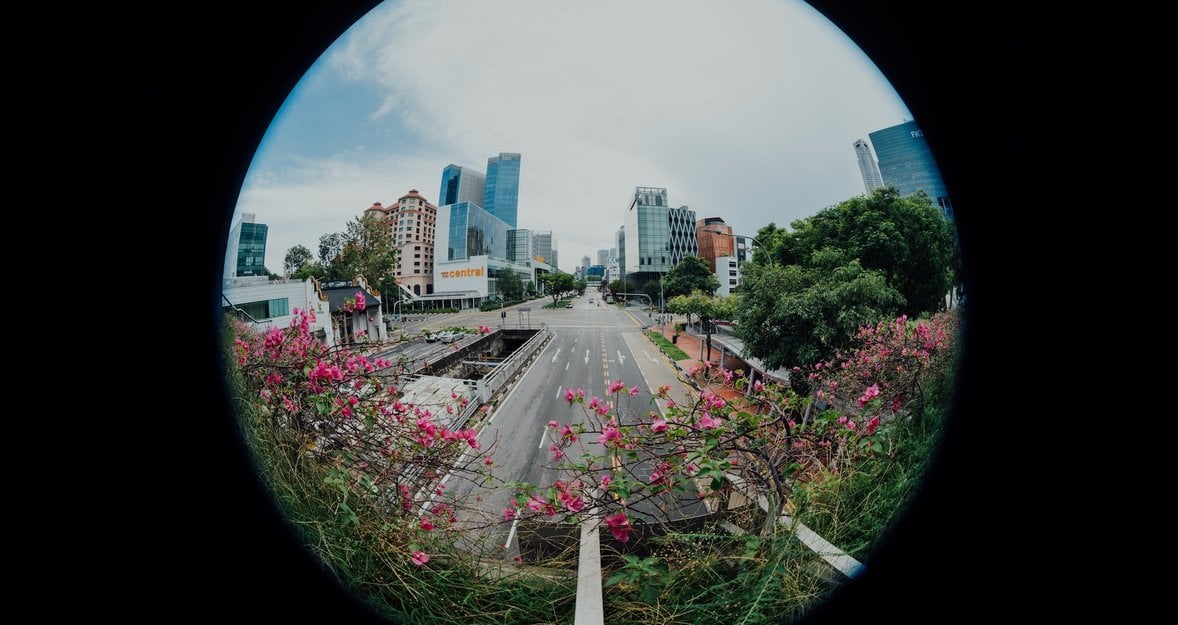
A fisheye lens is an incredible tool that allows you to show the usual scenes in a surrealistic way. Check out these simple tips and use fisheye lenses like a pro. Some tips can even be used for prime lenses.
First, let's understand fisheye lens photography. This is one of the varieties of ultra-wide perspective angle lenses with distortion, distorting lenses. The main difference between these cameras from usual short-focus lenses is pronounced uncorrected distortion and distorted display of straight lines in the form of arc-shaped curves. With such cameras, the field of view of such lenses can reach 180 degrees, whereas the orthoscopic optics of the same focal lengths provide a much narrower field of view. This is achieved by a specific way of displaying space, similar to cartographic projections. Now you understand what equipment makes a fisheye lens photoshoot.
The fisheye lens is an incredible tool — a wide-angle lens that adds a panoramic or hemispherical flare to your photos. It’s a quirky and cool lens to add to your collection for a bit of experimentation with the best results (and a whole lot of fun).
In the end, mastering the fisheye with a wide-angle lens primarily comes down to one thing: practice. Be willing to get out there, explore, and see what you can create. You’ll find with the fisheye that objects become exaggerated and take on an entirely new personality and dimension.
But how to take fisheye photos? If you’re looking to branch into this world of distortion, here are a few tips from the Skylum team.
1. The Fisheye and Street Photography
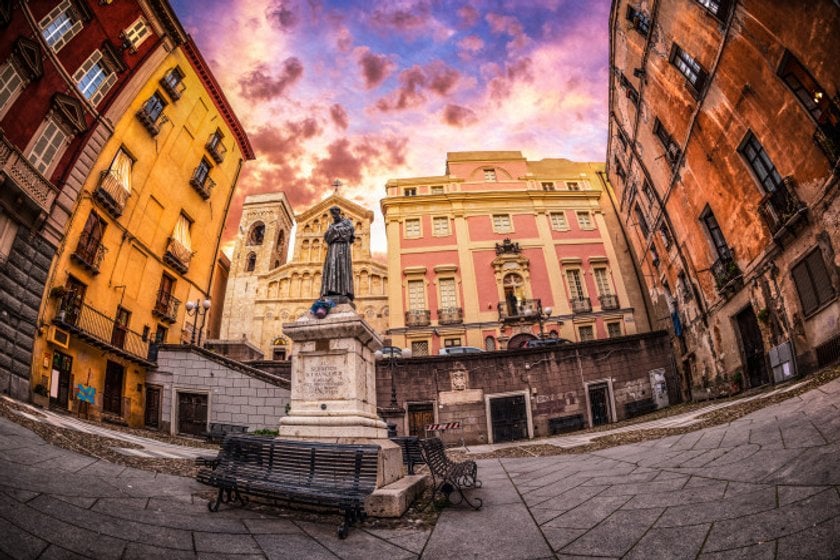
The ways in which a fisheye lens creates distorted lines can turn somewhat ordinary street photography shots into intriguing masterpieces of architectural beauty. Try experimenting with curved light streaks from the traffic below a distorted row of buildings in the street photography genre. There is really nothing complicated about fisheye lens techniques. Take the photo looking up and try to squeeze as many skyscrapers into the shot as possible with a huge field of view. Have fun with a distorted busy intersection and drooping signal lights while trying to get high rises or the words of billboards in the background. Explore the geometry of modern buildings or classic landmarks. Try to use some high vantage points if you need to get a circular image. Just as with any other time you take your camera to the streets in an effort to be experimental, click away to find a new perspective through the friendly fisheye.
Another feature of the fisheye effect is the depth of the sharply imaged field. Needless to say, how important a component of visual perception is a small DOF. It is impossible to achieve fish eye lens pictures in our case: even at open apertures sharpness will be practically the same at distances from several tens of centimeters to infinity. So you won't be able to get a beautifully blurred background, even with a circular fisheye!
A separate word deserves shooting sports scenes of fish eye lens photography (perhaps the most traditional field of application of such optics). The difficulty, in this case, is that to get a characteristic fisheye picture the photographer should get as close as possible to the subject. Ok, if you are shooting chess competitions, but what if not? In any other sport, such angles threaten to injure both the camera and the photographer! Here are some tips and techniques for you.
2. Play with Radial Blur
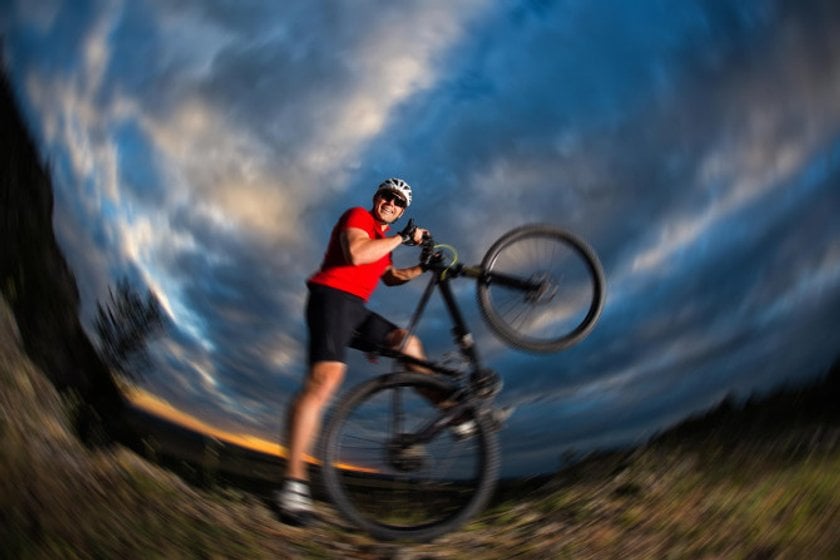
You might be familiar with those fish eye shots done at wedding receptions or celebrations on the dance floor. Get in the middle of the action and to create that unique radial blur, slow down your shutter speed to about 1/25th of a second for creative fish eye photography. Spin the camera 90 degrees counterclockwise by holding the lens in one hand while using another to pivot the camera body. It might take a few dozens of times of practice to get that one fantastically fish-eye wedding shot with blur. But trust us when we say, the end result is worth it.
3. Get Crazy With Patterns
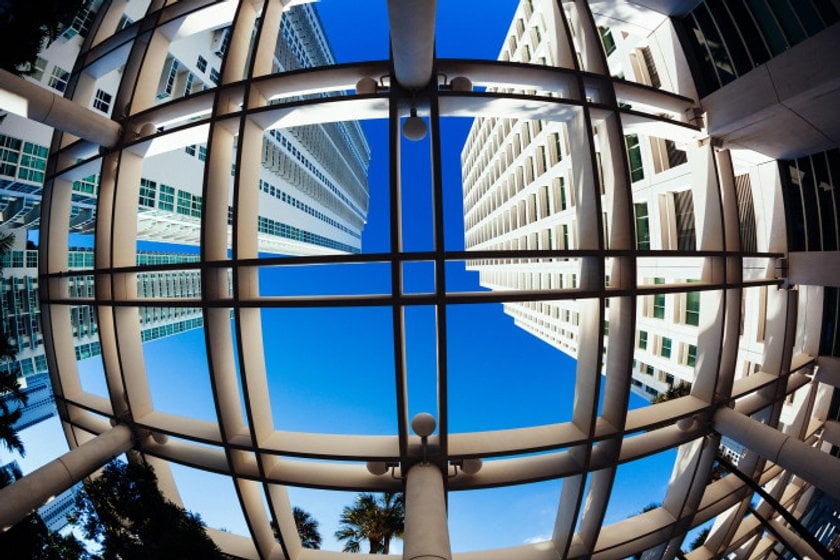
One of the benefits of the fish eye lens for photographers resides in its ability to make patterns jump. The world rounds and distorts and patterns become exaggerated and more noticeable in fisheye lens pictures than before. Look for square, circle and triangle patterns that fill your frame, like stones or the frames of identical houses in a row. What about streetlamps? Or the pattern of passerby people holding coffee cups as you saunter through a downtown scene? Patterns exist all around us, you just need to be able to capture them. Sometimes, it’s just a matter of training yourself to see things in a creatively interesting and extremely wide way. Fisheye portraits with original patterns will also look great.
4. Changing the Earth — With a Fisheye Photo

One of the wildly wonderful things that a fisheye lens does is that it changes the curvature of the Earth. The more you move your object or line to the edge of the frame, the more radically distorted it will become. If you place the horizon in the middle of your frame, it will rest straight across the image. To make this distortion become even more exaggerated, place your horizon extremely close to the top of the frame.
The main problem with fisheye photography is that it's a completely different look. Even the most mundane things, even the simplest subjects change beyond recognition when interpreted by the fisheye. Everything you knew before about the rules of photography, about perspective, about frame construction stops working with these lenses. But if you think about it, that's the beauty of fish eye pictures - it's about breaking all the rules and conventional ways of looking at things!
The ability to transform the ordinary - sometimes beyond recognition. And even those shortcomings that were mentioned above can be turned into virtues. For example, take a mesmerizing mountain panorama with your own boots dangling from a cliff. Or a landscape with a flower in the foreground and snow-covered peaks in the background on fish eye lens photos - the depth of field will make it possible. And even with this lens, there are rules and patterns that you can master to control the effect you get.
5. The Power of Perspective
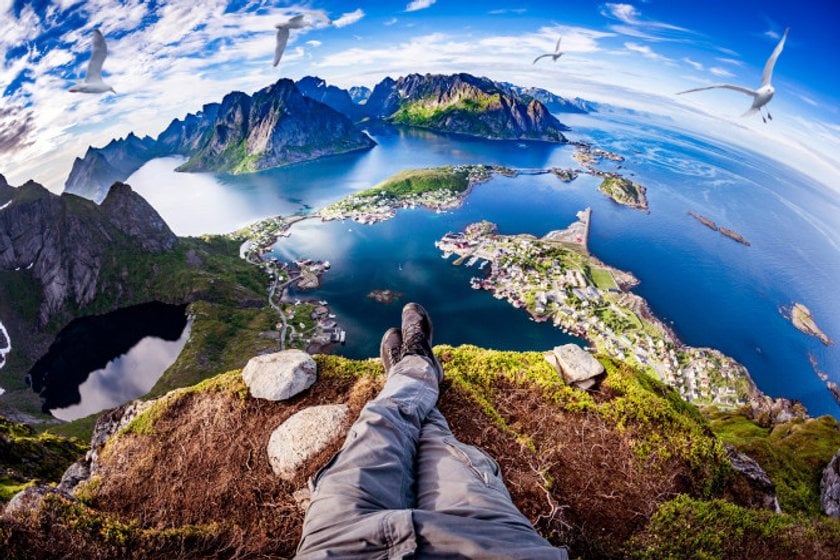
A fisheye is a prime lens, so you won’t be able to zoom in or out with it. Although, this doesn’t mean that it will stifle your shots or your creativity. Instead, view this barrier as a way to really experiment with your perspective. Get low. Go high. Get close to things and zoom in. Then back away from them. See how these movements — these angles and lines — change your images. Getting up close if you need.
The ones in the center are distorted only if they are close enough to the shooting point in panoramic view. Accordingly, if you shoot a landscape with no objects in the foreground and no vertical or horizontal objects at its edges, it will turn out quite classic. And vice versa: if you put an object (like a solitary tree) in the foreground, or take a picture in the woods, you can get interesting fisheye pictures.
A very expressive tool is the straight lines of horizons: if you put it above the centre of the frame you get a convex line (when you look at such pictures you want to exclaim it's really round). If you put it below you get a concave line, but if you put it exactly in the center you get a plain, flat horizon. The same is true for architectural photography: you can take characteristic bent photos or get almost normal photos of the same skyscrapers.
This begs the question: why use a fiche to get normal images? It's all about the angle of view: the photographer is able to take a panoramic picture with a single press of the shutter button. This is a good alternative to panoramic shooting when there is no time, tripod, or just desire. Also, a good fisheye has a special multi-layer coating that allows you to shoot against the sun, and I often intentionally include it in the frame. Pictures with a Sun in the blue of the sky look very impressive.
6. Tiny (But Useful) Up and Down Tips
Now you know how to use a fisheye lens. If you want your horizon below the center of the frame, point your lens up. If you want your horizon above the center of the frame, tip your lens down. If you’d like the horizon to be level, keep it in the center of the frame.
From street snaps to wedding reception photos, keep all things crazy and cool with the fisheye lens. As we said, don’t be afraid to practice and take wild shots. Be willing to experiment and see what you can come up with.
The fisheye lens is most often used to photograph landscapes or architectural structures, mainly because it enhances detail, allowing you to appreciate the beauty of detail. Another good use of this lens is for fisheye portrait photography, as it allows the center to stand out over the other elements and patterns that make up the full frame. Keep in mind, however, that in order for the image to look beautiful, what you want to highlight in fisheye lens photos must always be in the center. Finally, another good use of fisheye is to take 360-degree photos, as a 180-degree lens allows you to capture more detail in fewer frames.
Thus, knowing and skillfully using the features of fisheye, you can shoot with it in any genre - even in wedding and portrait photography. And it brings freshness and irregularity to any genre, making you experiment and look for new angles. Are you ready for fisheye lens shots? Then it's time to go to the store to choose a fisheye! And to choose, fortunately, there is a lot to choose from, including 8mm and 15mm. No matter what brand of camera you use, no matter if it's full frame or not - you can always choose the one to your taste and wallet.
From all of us at the Skylum team, happy photo-taking with a fisheye lens!





